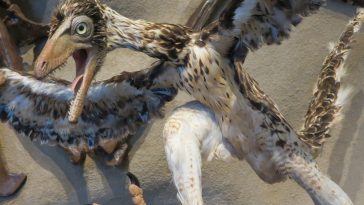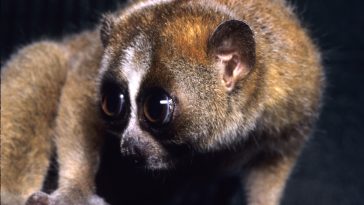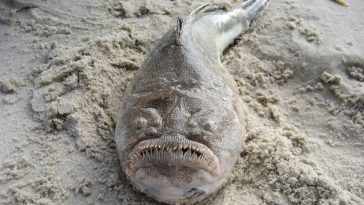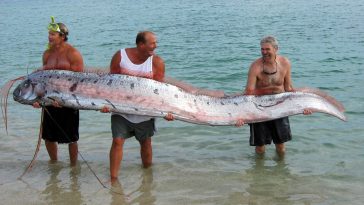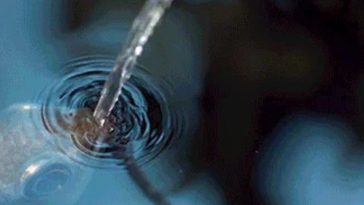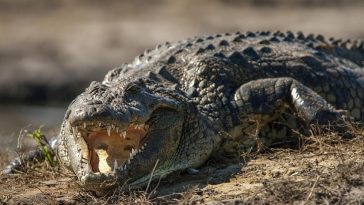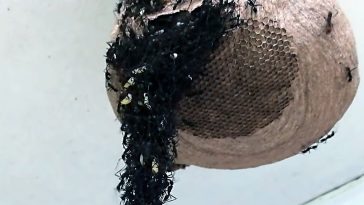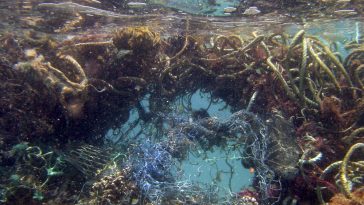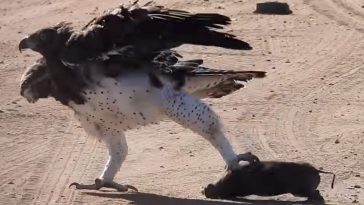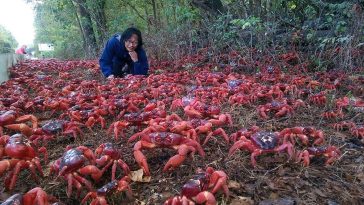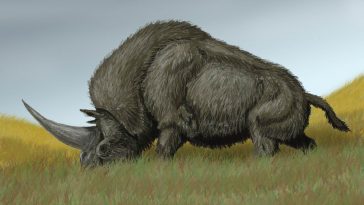From Dinosaurs to Birds: How Dinosaurs Learned to Fly
Every feathered thing — from the hummingbirds flitting near your feeder to the falcons that haunt lonely cliffs — has something in common, and it’s not just that they’ve got wings. Today’s modern birds descended from a single, surviving line of carnivorous, theropod dinosaurs that became small, delicate, covered in feathers, and were gifted with […] More


